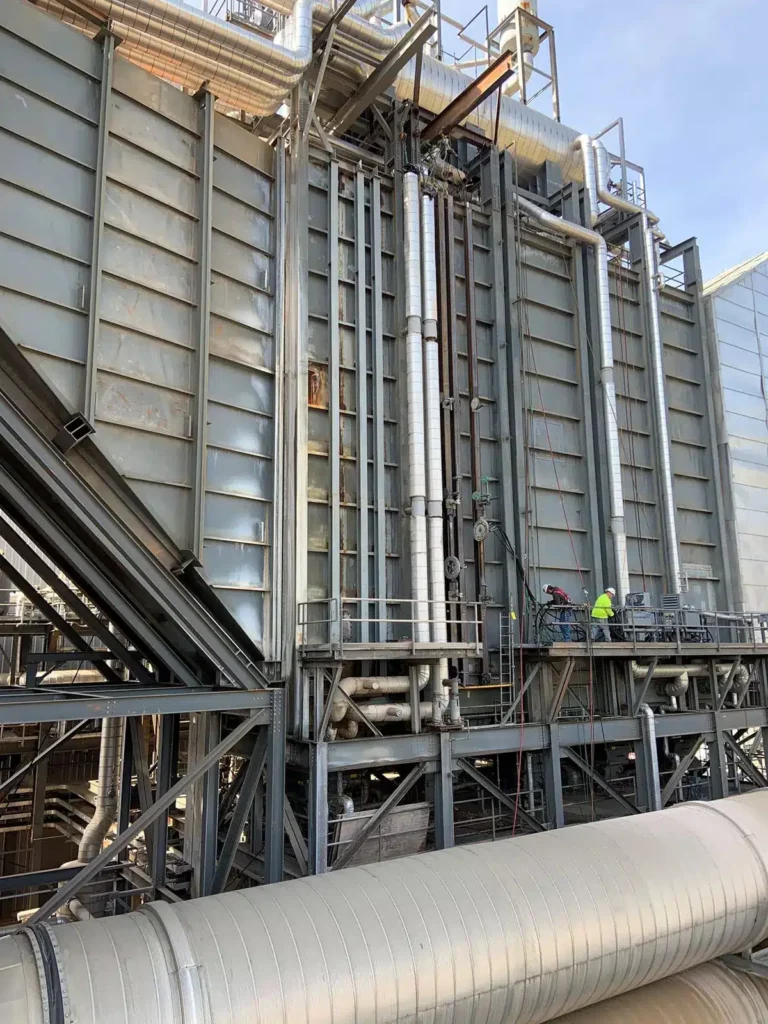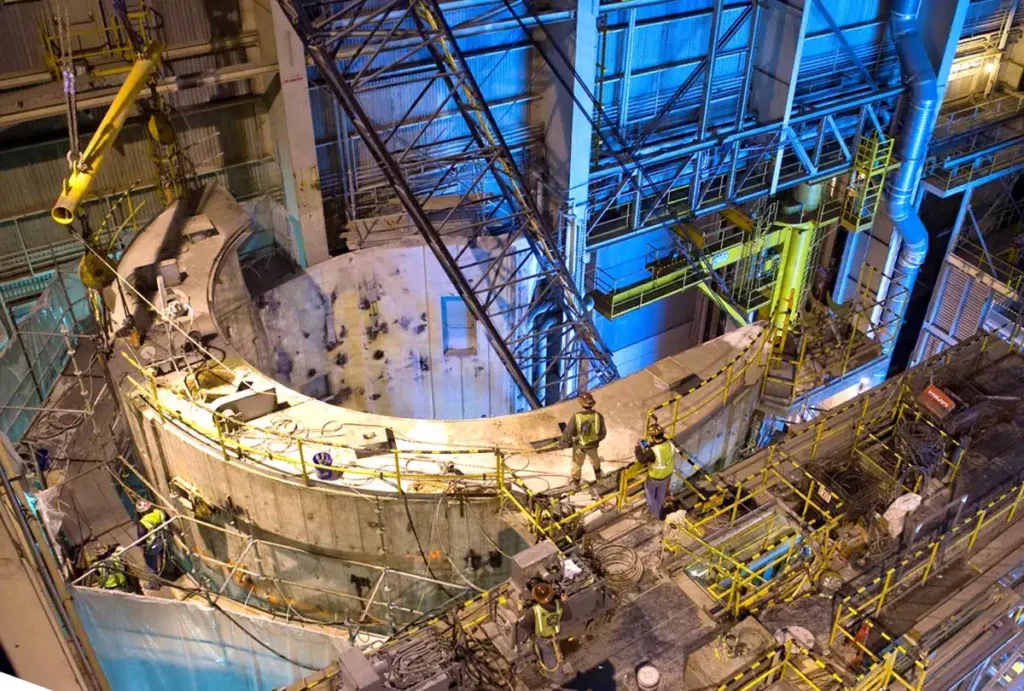Safety Protocols in Heavy Metal Cutting and Demolition

When you step onto a demolition site, you’re entering a world of meticulous operation and precision, laced with distinct hazards. As a result, adherence to heavy metal cutting safety protocols and demolition safety guidelines is not just about compliance—it’s about protecting your workforce. Recognizing the substantial risks involved in heavy metal cutting and demolition, you […]
Exploring the Latest Advancements in Industrial Demolition Technologies

The industrial demolition landscape is transforming, with new technology at the forefront of groundbreaking changes. With the emergence of advanced demolition equipment redefining efficiency and precision, understanding why industry professionals are quickly adopting these cutting-edge tools is crucial. In this article, we’ll discuss the evolution of industrial demolition techniques and provide a complete overview of […]
Uses for a Diamond Wire Rail Saw
Diamond wire saws have been around for some time. These tools were initially used to cut through stone in quarries and later modified for other building and demolition purposes. However, there is another type of saw that has proven vital to the completion of complex projects: the diamond wire rail saw. A diamond wire rail […]
4 Types of Precision Demolition and the Advantage of Each Method
Dynamite or a crane with a wrecking ball can undoubtedly knock down a structure quickly, but for many projects, a more precise approach is necessary. With those destructive methods, you may not have a lot of choice about what gets destroyed, and there are many other downsides. Precision demolition allows more control over taking a […]
